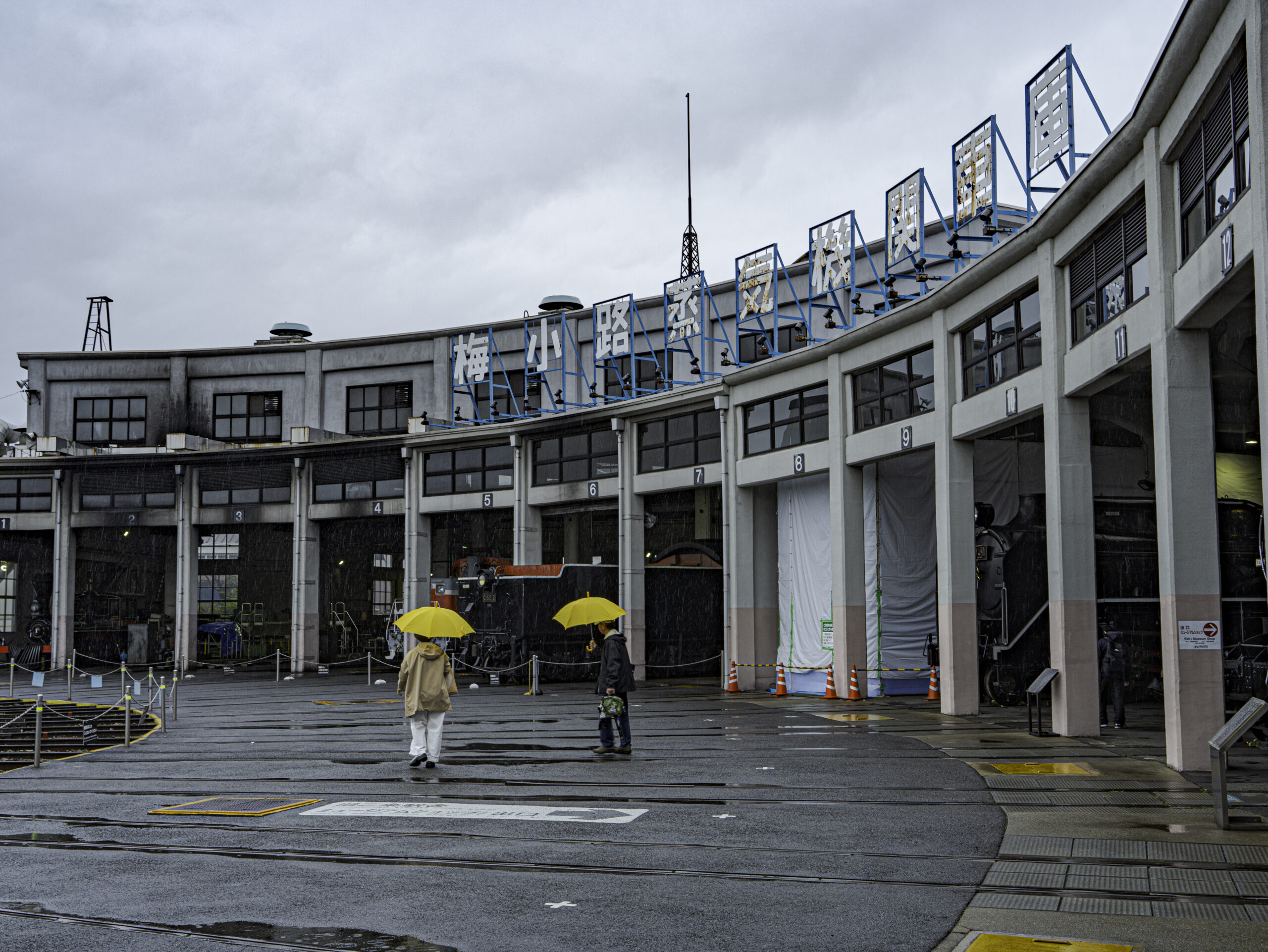Kyoto Railway Museum: Location and Access from Kyoto Station
The Kyoto Railway Museum is a must-visit spot for train enthusiasts and travelers alike, and it’s conveniently located near Kyoto Station. To help you find it easily, here’s a simple guide with a map and directions.
Distance: The museum is about 1.5 km west of Kyoto Station.
Location: It sits within Umekoji Park, a green space just outside the bustling station area.
Landmark: Look for the large steam locomotives displayed at the museum’s entrance—they’re hard to miss!

Fun for everyone, not just train lovers
admission fee
- Adults: 1,500 yen
- University and high school students: 1,300 yen
- Junior high and elementary school students: 500 yen
- Children (3 years and older): 200 yen
So much fun that it feels like a bargain
What’s especially great is that you can experience the exhibits, not just look at them!
This place is thoughtfully designed to ensure young children have a great time.
Kids might get so into it that they could get lost, but there are lots of nice staff around, so you don’t have to worry too much.

Adults will love it too!

Steam locomotives that originated in Britain were brought to Japan, marking the beginning of the country’s railway history.


Water is poured on hot coal to generate steam, which moves the piston and turns the wheels
a station building from a bygone era





30 years ago, rural train stations in the countryside did not have automatic ticket gates; instead, station staff would manually punch the tickets. As seen in the photo, these stations were wooden structures that somehow exuded a cozy, home-like atmosphere.


here used to be a dagashiya near the station where, with just 100 yen, you could buy several snacks. The store’s layout was similar to the one in the photo, and it was mainly frequented by elementary school students
I’ve become interested in learning about the differences between railways in Japan and those overseas.

The fastest train in the world is considered to be the Shanghai Maglev train. Its regular operating speed is 431 km/h, and it runs on a 30 km route connecting Shanghai Pudong International Airport to the city center. However, since May 2021, some sources have reported that the speed has been reduced to 300 km/h, but the latest information suggests that 431 km/h may still be maintained. This train uses magnetic levitation (Maglev) technology, which has less friction than traditional wheel-and-rail trains, allowing for high-speed operation.
Context and Comparison
Japan’s L0 Series Maglev has recorded 603 km/h in tests and is theoretically faster, but as of March 2025, it has not yet begun commercial operation, with plans to connect Nagoya and Tokyo from 2027 onwards. On the other hand, China’s CR450 has recorded 453 km/h in tests and is scheduled to begin commercial operation in 2025 with an operating speed of 400 km/h, but this does not surpass the Shanghai Maglev’s 431 km/h.
Additional Details
Interestingly, the Shanghai Maglev train only operates on a short-distance route (30 km), serving a different purpose from long-distance high-speed trains. Additionally, France’s TGV has recorded 574.8 km/h in tests, but its regular operating speed is around 320 km/h. From these facts, it can be concluded that the Shanghai Maglev train is currently the fastest train in the world.
Below is a comparison of the main candidates:
| Train Name | Country | Top Test Speed (km/h) | Commercial Operating Speed (km/h) | Commercial Operation Status (March 2025) |
|---|---|---|---|---|
| Shanghai Maglev | China | 501 | 431 (likely) | Operating |
| L0 Series Maglev | Japan | 603 | – | Not operating (planned for 2027) |
| CR450 | China | 453 | 400 | Planned for 2025 |
| AGV Italo | Italy | – | 360 | Operating |
| TGV (France) | France | 574.8 | 320 | Operating |
Conclusion
Combining the evidence, it can be concluded that as of March 16, 2025, the Shanghai Maglev train is the fastest train in the world. Its top operating speed is considered to be 431 km/h, and the information about the speed reduction in May 2021 may be unreliable. However, some sources suggest a change in speed, so future updates should be monitored. Japan’s L0 Series Maglev and China’s CR450 have recorded higher test speeds but are not yet in commercial operation.
Additional Considerations
The Shanghai Maglev train operates only on a short-distance route (30 km), serving a different purpose from long-distance high-speed trains. This may be due to technical constraints or economic factors related to maintaining high speeds. Additionally, Maglev technology has the advantages of lower maintenance costs and less noise compared to traditional wheeled trains.



コメントを残す